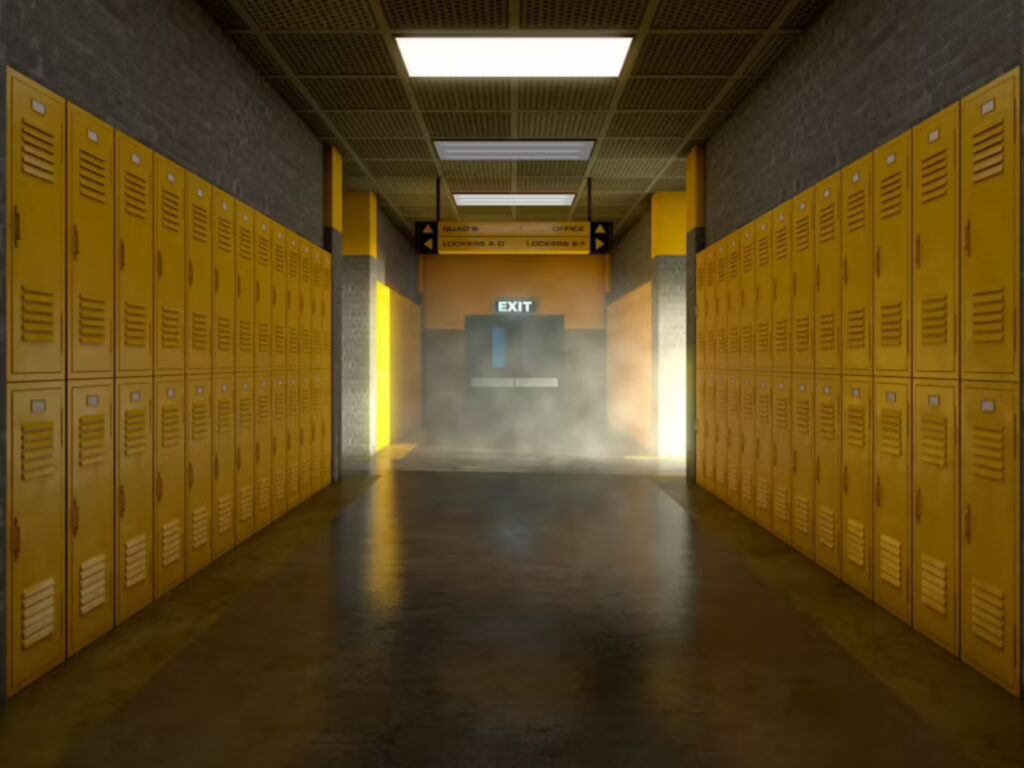Why School Safety Matters
School safety is a growing concern in British Columbia, and even here in the East Kootenays, we’ve seen how fast a normal day can change. Picture this, it’s a regular morning at Laurie Middle School, students chatting in the halls, teachers setting up lessons, when suddenly, everything shifts. In 2019, the school went into a full lockdown after a student-related incident that required an immediate RCMP response. Within minutes, the school was in full lockdown, doors locked, lights out, classrooms silent.
Now imagine if several similar incidents happened across multiple schools in the same week. Traditional safety systems usually step in after an emergency begins, leaving staff and students to react in the moment. Predictive analytics changes that story, instead of waiting for the warning bell to ring, it spots patterns early and alerts staff before a crisis unfolds.
What Predictive Analytics Really Means
Predictive analytics might sound technical, but it simply uses data to spot problems before they happen. Think of it like checking Google Maps before you hit the road. It doesn’t just show where traffic is now, it predicts where it’s about to pile up.
In schools, this works much the same way. Instead of reacting after an incident, it tracks attendance, behaviour, and disruption trends to catch risks traditional safety checks might miss. By combining anonymized data, machine learning, and predictive modeling, it helps educators see what’s coming and act before a situation escalates.
Application to Schools
Schools today use predictive analytics in surprisingly practical ways to improve safety.
Imagine the school halls during the rush between classes, lockers slamming, backpacks bumping, and a steady stream of students weaving through narrow hallways. Predictive analysis can track trends like an increase in hallway altercations between classes, so administration can stagger dismissal times to reduce crowding.
And in a more high-tech example, real-time dashboards monitor if several safety incidents happen in one wing in one week. If repeated fights or minor alarms occur, the system triggers an alert. The school’s safety team gets a flag and can deploy extra resources or change schedules before tensions rise.
The Power of Prediction
One of the greatest benefits of predictive analytics is that it strengthens advocacy for resources and policies. When patterns repeat in the data, schools can clearly show where support is needed instead of relying on guesswork. Sharing these insights with families, district leaders, and even local authorities helps the entire community work together to prevent problems before they grow. Over time, this builds safer, more supportive schools across a district and can even guide strategies that other regions adapt for their own schools.
And it makes me wonder, with its ability to support students across various contexts, could predictive analytics one day go beyond safety, helping schools notice emotional or academic distress before it becomes too late to step in?
Balancing Privacy Concerns
Even with anonymized data, privacy remains a concern. The issue arises because even accumulated data can sometimes reveal patterns that indirectly identify students, especially in smaller schools or unique contexts.
Tools like data encryption and authorized permissions safeguard sensitive information to ensure confidentiality however, how well this protection works often depends on the school itself, since the quality of local oversight and ethical standards determines how responsibly data is handled. Without those protections, students may feel watched or exposed, eroding trust and making early support harder.
Real-World Example: The Room Clear Tracker
I recently saw the Surrey District’s Room Clear Tracker on Global News, a clear example of predictive analytics in action. The tracker lets teachers report classroom clearings, with strong ethical safeguards like anonymized data, strict access controls, and regular audits to protect students and staff. These reports capture moments when behaviour escalates so severely that a teacher must remove the rest of the class for safety, a scenario that can be stressful, unsettling, and heartbreaking for everyone involved. The article quotes teachers saying a “Room clear represents a system that has run out of options, not a child who has run out of chances.” I found that really hit home.
“Room clear represents a system that has run out of options, not a child who has run out of chances.”
Personally, knowing I’d be submitting these reports makes me feel more confident in making tough decisions. If a student repeatedly triggers a room clear, my reports could be verified and addressed at the district level instead of relying on my judgment alone. I think it’s a strong example of how predictive analytics, teacher input, and ethical oversight can come together to make schools safer.
Key Takeaways
Predictive analytics isn’t just a tech buzzword, it’s a tool for keeping students safe and classrooms calm. It’s like a teacher’s intuition, noticing when something’s off, but powered by data. It doesn’t replace human judgment, it’s more like a school bell that rings before things get out of hand, drawing attention to patterns and trends that might otherwise go unnoticed. While predictive analytics won’t prevent every emergency, it helps staff see what’s coming, step in early, and provide the right support before small issues snowball into crises.


Sorry, but comments are not enabled on this site.